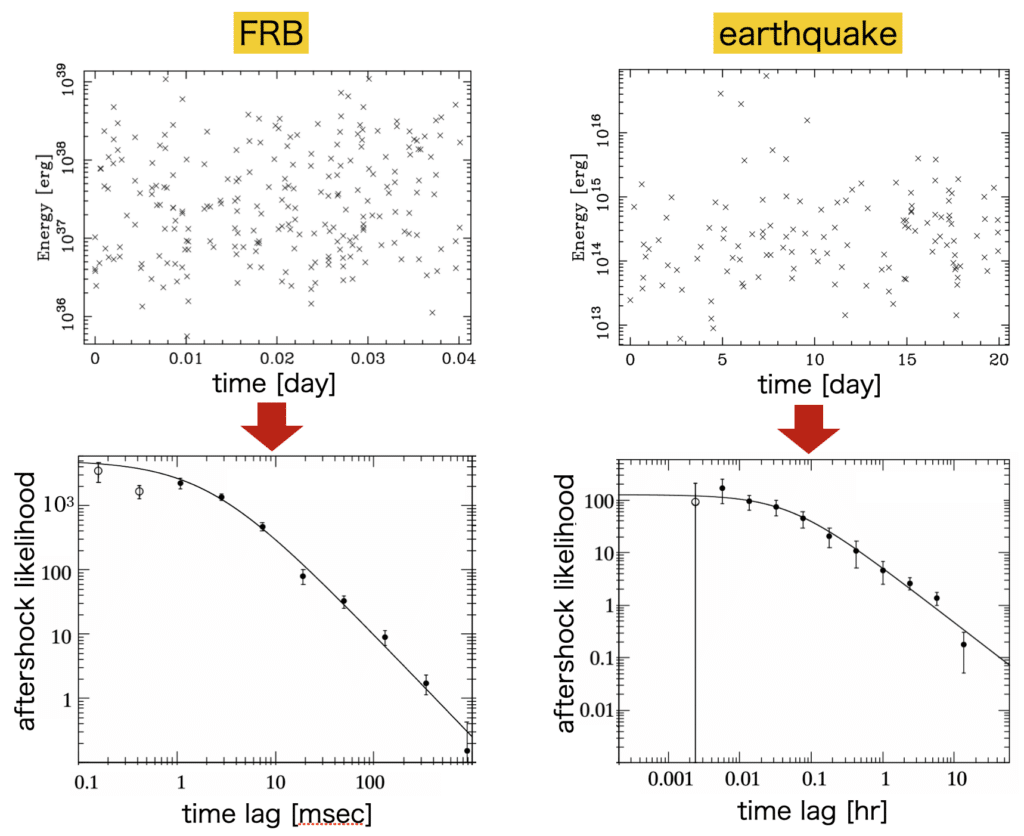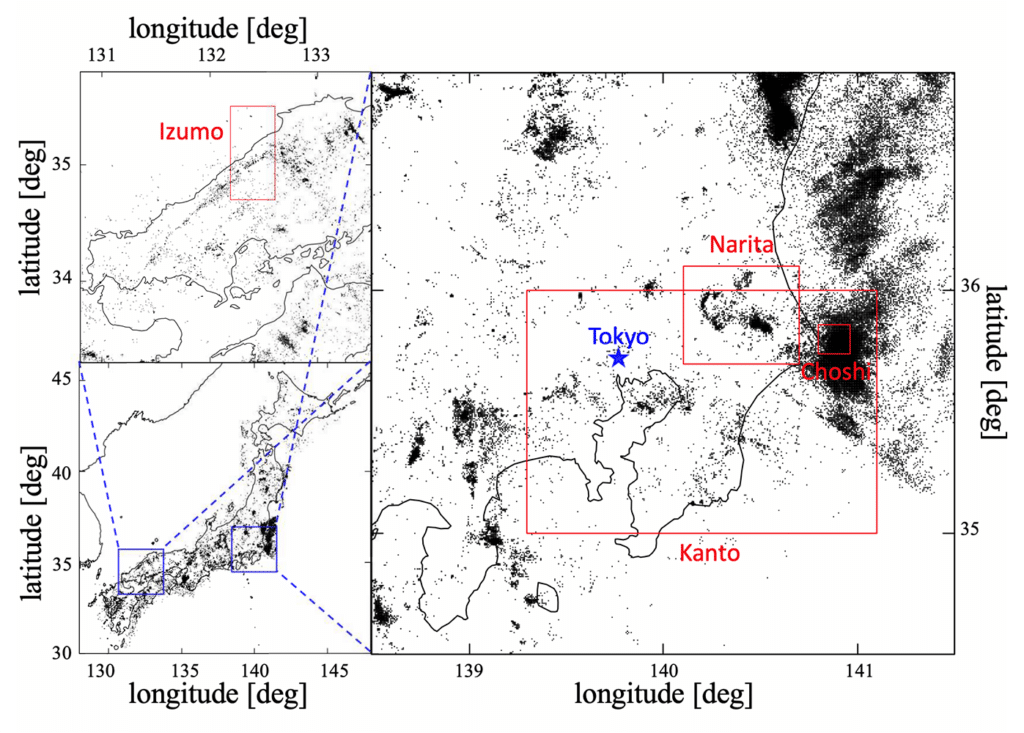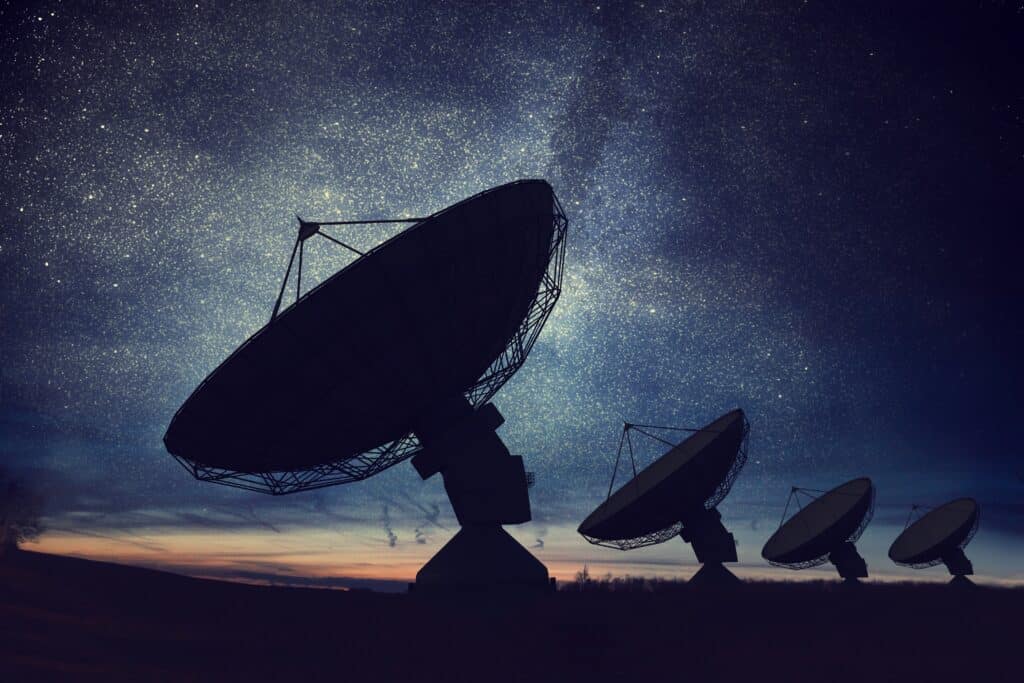For the longest time, the vastness of space has kept countless secrets, inviting humankind’s endless curiosity and admiration. Just as people on Earth experience natural phenomena like earthquakes, the universe has its own mysterious events – Fast Radio Bursts (FRBs). Until recently, these powerful bursts of radio energy had baffled astronomers. But a breakthrough study from the University of Tokyo has shed new light on this cosmic puzzle.
What Are FRBs?
Imagine a bright flash in the sky, lasting only a fraction of a second but emitting energy that can traverse billions of light years. This is a Fast Radio Burst. Although invisible to our eyes, these bursts shine brilliantly on radio telescopes. First detected in 2007, it’s believed that around 10,000 FRBs could happen daily if we could observe the entire sky! While many are singular occurrences, there are about 50 sources known to send out these bursts more than once.
The Starquake Theory
Where do these intense bursts come from? Some have even speculated about alien origins! But the leading theory suggests the answer might be closer to home – or at least, closer to a phenomenon we’re familiar with: earthquakes. Specifically, the study proposes that FRBs might be caused by “starquakes” on neutron stars.
Neutron stars are incredible celestial objects. Born from the dramatic death of supergiant stars, they are incredibly dense, compressing mass eight times that of our sun into a core just 20-40 kilometers across. Some of these neutron stars, known as magnetars due to their intense magnetic fields, have been observed to emit FRBs.

“It was theoretically considered that the surface of a magnetar could be experiencing a starquake, an energy release similar to earthquakes on Earth,” explains Professor Tomonori Totani from the university’s Department of Astronomy at the Graduate School of Science, in a statement.
Until now, researchers mainly focused on the time gaps between successive FRBs. But Totani and graduate student Yuya Tsuzuki took a different approach. They studied the time and energy of almost 7,000 bursts from three repeating FRB sources, then compared this data with earthquake occurrences on Earth and solar flares from the sun.
Their findings were startling. The FRB patterns bore a striking resemblance to earthquakes, but not so much to solar flares. “The results show notable similarities between FRBs and earthquakes,” said Totani.
”New Insights Into Earthquakes’
From aftershock probabilities to the ways energies of the main events and their aftershocks relate, the patterns observed strongly suggest that these neutron stars have solid crusts. When starquakes occur on these crusts, they release massive amounts of energy – and voila, we get FRBs.
Understanding starquakes doesn’t just answer astronomical questions. These findings could also help us understand our own planet better. As Totani pointed out, “By studying starquakes on distant ultradense stars, we may gain new insights into earthquakes.”

Furthermore, because neutron stars are so incredibly dense – comparable to the inside of atomic nuclei – they offer a unique opportunity to delve deeper into the mysteries of nuclear physics.
The journey to unravel the cosmos’s enigmas is long and winding, but with each discovery, we inch closer to understanding our universe a little better. As researchers continue to delve into FRBs, who knows what other secrets they might uncover?
The research is published in the journal Monthly Notices of the Royal Astronomical Society.












